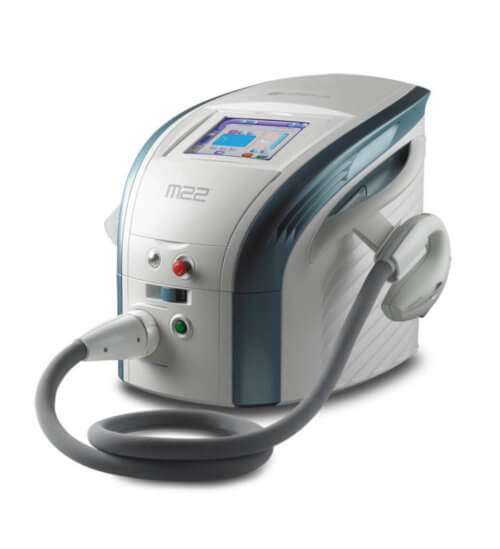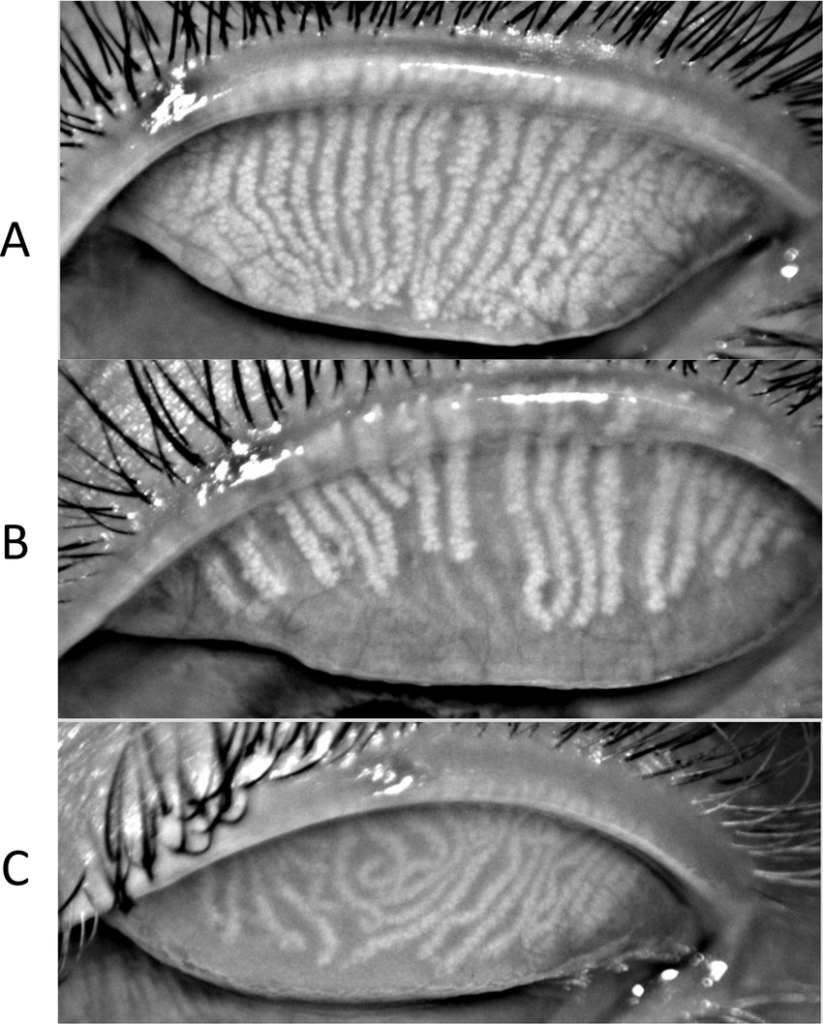
31 Mar Finally a cure for dry eye?
A common but tricky problem
As an optometrist one of the most common eye conditions I encounter is dry eye. It also represents one of the biggest challenges in Optometry.
One of the reasons dry eye has been so hard to treat for so long is that the treatments on offer did not address the most common cause of the condition.
Contrary to what the name might suggest, very few patients actually have a lack of tears (which is what you would imagine would cause dry eye). Most people have what could be more accurately termed a dysfunctional tear film.
The most common cause of a dysfunctional tear film is poor quality oil being produced in the meibomian glands (The oil producing glands in the upper and lower lids). The meibomian glands produce oil which acts as a roof to prevent the watery components of the tears from evaporating.
In meibominan gland dysfunction this oil becomes more waxy and less oily. In effect the oil starts to clog the glands. Once the gland is clogged the natural bacterial flora begin to breakdown the oil in to acidic compounds. The body then reacts to these waste products by creating inflammation.

New Options
In the last few years I have seen a dramatic upswing in the diversity and numbers of dry eye treatments which seek to treat the dysfunction within the gland.
A common and simple treatment that I have been using in the practice for the last few years is to physically express the clogged glands. This process involves instilling anaesthetic drops to numb the eye and then using a specifically designed set of forceps to gently express the retained material.
This simple treatment has been very helpful in treating dry eye patients. It does however have limitations. Specifically that once I clear the backed up material from the gland it simply starts to clog back up.
In the middle of 2019 Hue and I made the decision to invest in a new treatment option for dry eye. The Lumenis Optima IPL
I am now combining both IPL and physical expression of the glands to great effect. I typically perform 4 treatments with 2-3 weeks between sessions. After 4 sessions 9 out of 10 of my patients notice a dramatic and lasting improvement in their symptoms.
These improvements can last up to a year and the treatment can be repeated as often as required to keep patients comfortable.
Dry eye remains a challenging condition to treat but I am happy to report that we can now offer lasting hope to long suffering patients.



No Comments